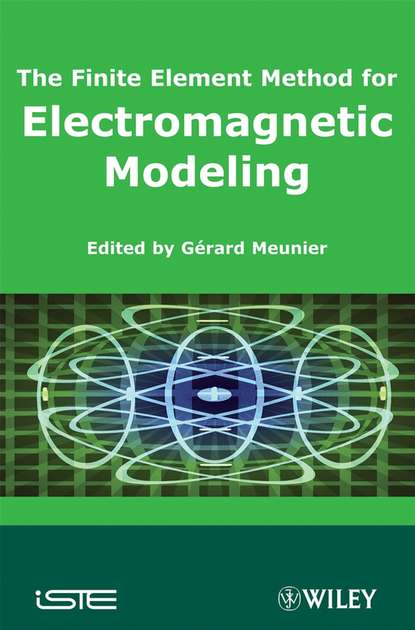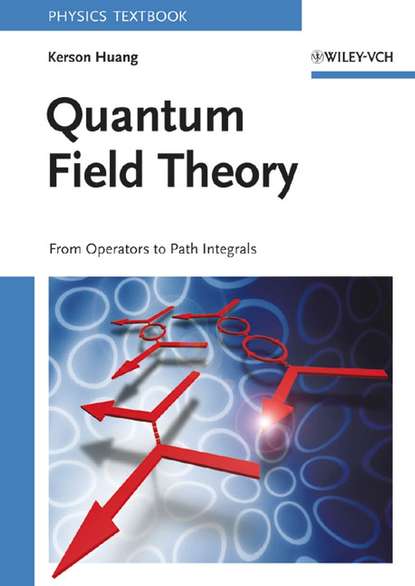Книга "Метод конечных элементов для моделирования электромагнитных явлений" написана специалистами в области моделирования в электромагнетизме и представляет собой обширный обзор метода конечных элементов для приложений с низкой частотой. В книге подробно описываются основы метода, а также новые достижения в данной области. Главы с 1 по 4 представляют общие 2D и 3D статические и динамические формулировки с использованием скалярных и векторных неизвестных и адаптированных интерполяций для полей (узловые, реберные, граничные или объемные). Глава 5 посвящена представлению различных макроскопических законов поведения материалов и их реализации в контексте метода конечных элементов: анизотропия и гистерезисные свойства для магнитных листов, потери железа, нелинейные постоянные магниты и сверхпроводники. Затем предлагаются более конкретные формулировки: моделирование тонких областей при несоответствии конечных элементов (глава 6), бесконечных областей с использованием геометрических преобразований (глава 7), связывание 2D и 3D формулировок с уравнениями цепей (глава 8), учет движения, особенно в присутствии вихревых токов (глава 9) и оригинальный подход для обработки геометрических симметрий, когда источники несимметричны (глава 10). Главы 11-13 посвящены связанным проблемам: магнитотермическое связывание для индукционного нагрева, магнитомеханическое связывание с введением понятия сильной и слабой связи, а также магнитогидродинамическое связывание, фокусирующееся на электромагнитных неустойчивостях в жидких проводниках. Глава 14 представляет различные методы сеточного моделирования в контексте электромагнетизма (присутствие воздуха) и вводит процедуры автоматической адаптации сетки. Оптимизационные методы затрагиваются в главе 15, с адаптацией детерминированных и вероятностных методов к численной среде метода конечных элементов. Глава 16 представляет вариационный подход к электромагнетизму, показывая, как уравнения Максвелла получаются из термодинамических принципов.
This book, written by experts in electromagnetic modelling, comprehensively reviews the Finite Element method for its application to low-frequency signals. It details the fundamental equations and new developments in the discipline. The first four chapters cover general two-and three-dimensional static and dynamic representations using both scalar and vector values with appropriate interpolation functions for the specific field. Attention is also given to various macroscopic material properties, including anisotropy, hysteresis, iron loss, nonlinearity, superconductivity, and how these influence the behaviour of magnetic sheets. Thereafter, specific configurations are considered, such as when elements do not perfectly fit in thin areas, when applying equations to infinite domains, and the technique of combining two- and three-dimensional equations with conductivity circuits. Other chapters include ways to treat symmetry, discretised equations used on "moving" boundaries, and modelling Eddy currents. Further chapters deal with coupled phenomena, describing magnetothermal coupling ("induction heating"), coupled magnetomechanical problems with reference to "strong" and "weak" coupling, and magnetohydrodynamics and electromagnetic stability within conducting fluids. Realising that efficient simulations require the application of different meshes to different domains, Chapter 14 covers techniques for delineating mesh objects automatically, as they relate to EM systems operating "in the air". It has the addition of self-regulating refinement strategies too. The final chapter explores numerical optimization techniques used to ensure exact representations of complex interrelations. A stochastic optimization analysis is combined with deterministic methods too. Developing a "variational" subject approach, Chapter 16 describes how Maxwell's equations may be derived from basic thermodynamic considerations, demonstrating their connection to each other.
В книге представлен углубленный анализ метода конечных элементов для низкочастотных приложений в области электромагнетизма. Рассматриваются общая информация о методе с деталями новых достижений в данной сфере. Главы с 1 по 4 представляют общие статические и динамические формулировки 2D и 3D областей, используя скалярные и векторные неизвестные и адаптированные интерполяции для полей (узлов, сегментов, граней или объемов). Глава 5 посвящается представлению различных макроскопических законов поведения материалов и их реализации в контексте методов конечных элементов: анизотропия и гистерезисные свойства магнитных листов, потери на гистерезис, нелинейные постоянные магниты и сверхпроводники. Затем предлагаются более специальные формулировки: моделирование тонких областей при несоответствии конечных элементов (глава 6), бесконечные области с использованием геометрических преобразований (глава 7), согласование двухмерных и трехмерных формулировок с уравнениями цепей (глава 8).
Электронная Книга «The Finite Element Method for Electromagnetic Modeling» написана автором Gérard Meunier в году.
Минимальный возраст читателя: 0
Язык: Английский
ISBN: 9780470393802
Описание книги от Gérard Meunier
Written by specialists of modeling in electromagnetism, this book provides a comprehensive review of the finite element method for low frequency applications. Fundamentals of the method as well as new advances in the field are described in detail. Chapters 1 to 4 present general 2D and 3D static and dynamic formulations by the use of scalar and vector unknowns and adapted interpolations for the fields (nodal, edge, face or volume). Chapter 5 is dedicated to the presentation of different macroscopic behavior laws of materials and their implementation in a finite element context: anisotropy and hysteretic properties for magnetic sheets, iron losses, non-linear permanent magnets and superconductors. More specific formulations are then proposed: the modeling of thin regions when finite elements become misfit (Chapter 6), infinite domains by using geometrical transformations (Chapter 7), the coupling of 2D and 3D formulations with circuit equations (Chapter 8), taking into account the movement, particularly in the presence of Eddy currents (Chapter 9) and an original approach for the treatment of geometrical symmetries when the sources are not symmetric (Chapter 10). Chapters 11 to 13 are devoted to coupled problems: magneto-thermal coupling for induction heating, magneto-mechanical coupling by introducing the notion of strong and weak coupling and magneto-hydrodynamical coupling focusing on electromagnetic instabilities in fluid conductors. Chapter 14 presents different meshing methods in the context of electromagnetism (presence of air) and introduces self-adaptive mesh refinement procedures. Optimization techniques are then covered in Chapter 15, with the adaptation of deterministic and probabilistic methods to the numerical finite element environment. Chapter 16 presents a variational approach of electromagnetism, showing how Maxwell equations are derived from thermodynamic principles.



















